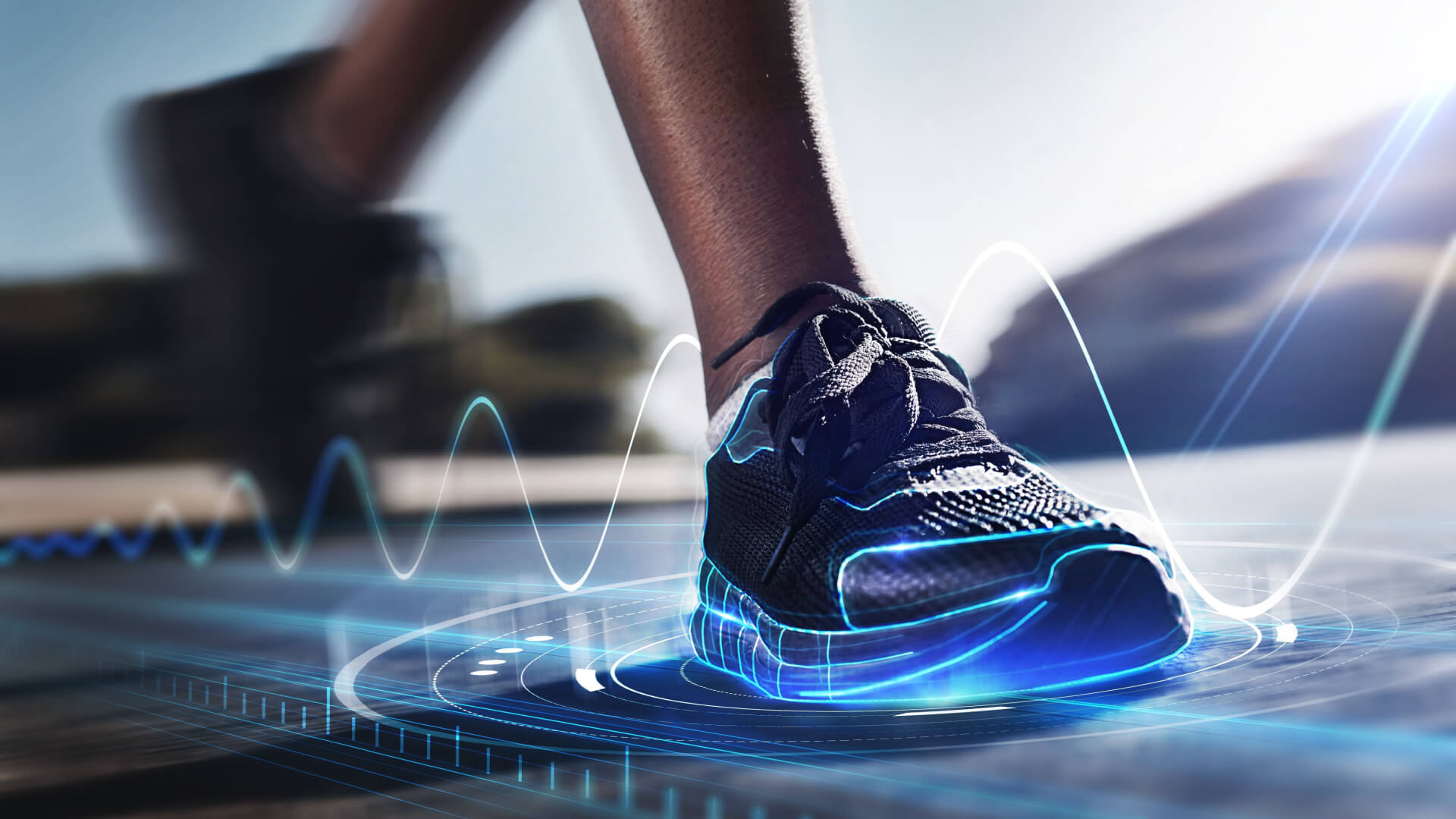November 30, 2023
An estimated 1 in 4 adults have some form of arthritis in the United States. With this many people impacted, it’s important to know how you can avoid this painful condition and what is it that you’re potentially doing that contributes to it. Athletes have been especially worried about developing arthritis since they are constantly active and repeatedly using areas of their body – such as the joints in their fingers and knees – in their sport.
Who can blame them for being worried? Arthritis is characterized by joint pain, stiffness, and swelling, making it difficult for people to carry out their daily activities. While arthritis can affect anyone at any age, there is a general belief that athletes are more prone to developing this condition due to the physical demands placed on their bodies. Gladiator Therapeutics will dive into whether or not there’s truth to that and how our medical devices can help with arthritis and its symptoms.
Is There Truth to the Belief?
The answer is not straightforward. While some studies have shown a higher prevalence of arthritis among athletes, there are many more cases of arthritis in non-athletes. So far, we cannot say for sure that athletes are at greater risk of arthritis based on their activities.
What does seem to add to one’s chances of developing arthritis is a history of injuries. Specific injuries such as a meniscus tear or rotator cuff injury have been shown to increase the likelihood of osteoarthritis, and sports players are at risk of these injuries. A possible theory is that it’s not sports players’ constant use of these joints that leads to a high risk of arthritis, but rather their higher risk of injury that then leads to a higher risk of arthritis.
Additionally, certain sports or activities may increase the risk of developing arthritis due to repetitive movements or injuries. For example, runners and soccer players are more prone to knee arthritis, while tennis players are at a higher risk of developing wrist or elbow arthritis.
Understanding the Factors
Several factors play a role in the development of arthritis in both athletes and non-athletes. These include genetics, previous injuries, and ongoing physical stress on the joints. Genetics plays a significant role as some people have a family history of arthritis. This makes them more susceptible to developing it regardless of their activity level.
Previous injuries also contribute to the development of arthritis. Injuries to particular joints can cause damage and inflammation that worsens over time. Athletes who participate in high-impact sports such as football or basketball may be at a higher risk due to the constant strain and pressure on their joints.
The Different Types of Arthritis
It is essential to note that there are different types of arthritis. Many of them are not associated with physical activity, so being an athlete doesn’t affect their chances of developing certain types at all. For example, osteoarthritis, the most common type, is often related to wear and tear on the joints as we age. On the other hand, rheumatoid arthritis and psoriatic arthritis are autoimmune diseases that can affect anyone regardless of their activity level.
- Osteoarthritis (OA): This is the most common type of arthritis, often associated with aging. Osteoarthritis occurs when the cartilage that cushions the ends of your bones wears down over time. This means there is less cartilage protecting your bones from rubbing against each other, which can lead to pain, stiffness, and inflammation. It typically affects the hands, knees, hips, and spine.
- Rheumatoid Arthritis (RA): This is an autoimmune disease where the immune system attacks the lining of the joints. This leads to inflammation, pain, swelling, and stiffness. Over time, this can damage the joint itself, the cartilage, and nearby bone.
- Psoriatic Arthritis: This form of arthritis affects some people who have psoriasis. Psoriasis is a condition that features red patches of skin topped with silvery scales. It causes joint pain, stiffness, and swelling, and may affect any part of the body.
- Gout: Gout is a form of inflammatory arthritis that develops in some people who have high levels of uric acid in the blood. The acid can form needle-like crystals in a joint and cause sudden, severe episodes of pain, tenderness, redness, warmth, and swelling.
- Ankylosing Spondylitis: This is a type of arthritis that primarily affects the spine, but can also affect other joints as well. It causes inflammation of the spinal joints, leading to severe, chronic pain and discomfort.
How Can Gladiator Therapeutics Help?
Gladiator Therapeutics offers a range of healing devices that can aid in the recovery and management of arthritis. These devices utilize Far Infrared technology to stimulate cellular activity and promote natural healing processes within the body.
The use of our devices has been shown to reduce pain and inflammation, improve joint mobility, and accelerate tissue repair. By incorporating these healing devices into their treatment plan, athletes and anyone else suffering from arthritis can experience faster recovery times from symptoms of arthritis.
Contact Gladiator Therapeutics for More Information
While it is not conclusive that athletes are at greater risk of developing arthritis, certain factors may increase their chances. However, with proper care and treatment, athletes can manage and even prevent arthritis from affecting their performance.
Gladiator Therapeutics’ healing products offer a non-invasive and effective option for athletes and more to support their joint health and recovery process. So, whether you’re an athlete or not, it is important to pay attention to your joint health and seek professional help if you experience any symptoms of arthritis. Contact us for more information on how our products can help.
- Tags:
- athlete arthritis

